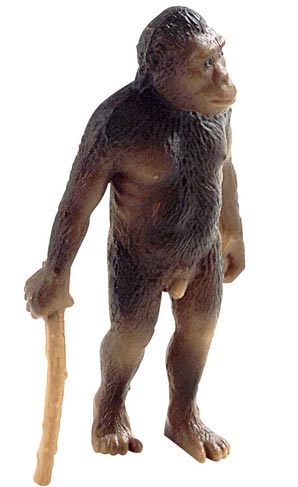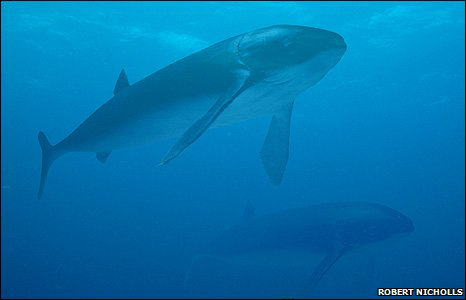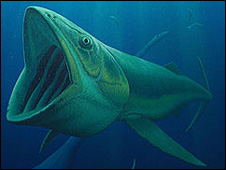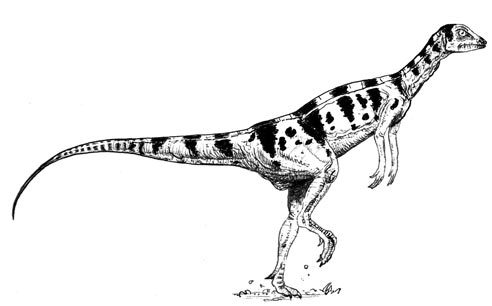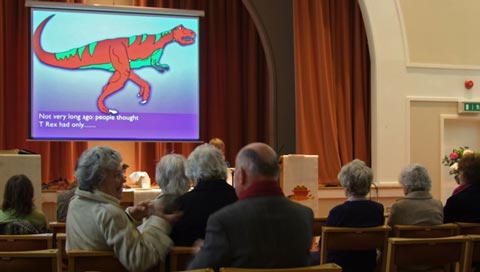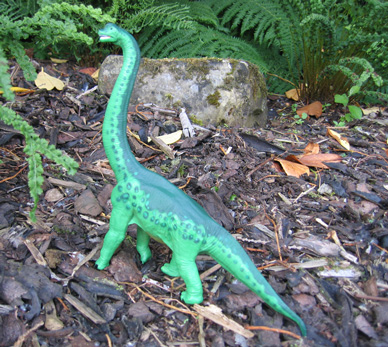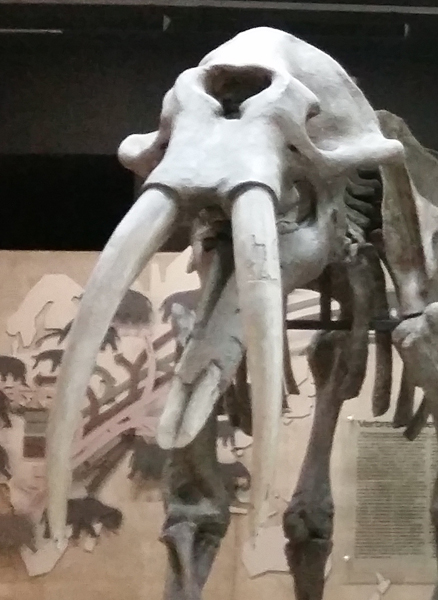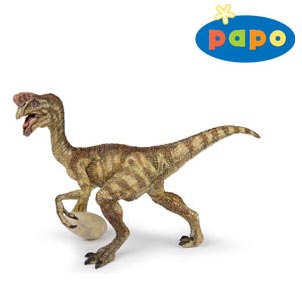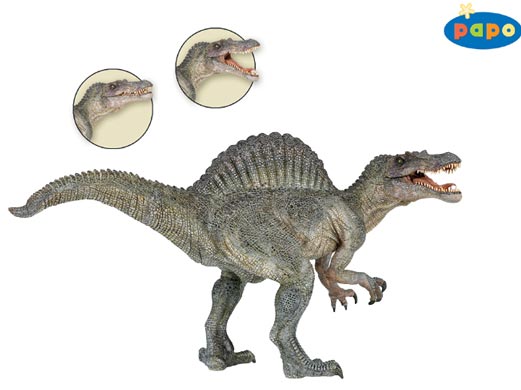Monster Crocodile a Predator of Early Hominids
Fear of Crocodiles an Ancient Human Trait
In the first episode of the BBC television series “Walking with Cavemen”, the episode entitled “First Ancestors” an adult Australopithecus afarensis is taking a drink from a river when a crocodile attacks, grabs the unfortunate hominid and drags him into the water to his death. Although this scene was depicted in a fictional, albeit educational television series; this incident reflects what has been found in the fossil record, as some early hominid fossil bones have marks on them reputedly made by feeding crocodiles.
Most scientists had thought that these attacks were from Nile Crocodiles (Crocodylus niloticus) or at least a very similar species to the large extant predator found in this part of Africa today. However, a new study from a joint team of U.S. based scientists and researchers from the National Natural History Museum of Tanzania indicates that hominid attacks around 2 million years ago, may have been carried out by a different type of crocodile.
Monster Crocodile
Following a review of partial and fragmentary crocodilian remains from 1.8 million-year-old strata from the Olduvai gorge region of Tanzania, a new species of large crocodile has been identified, an animal similar in size to today’s Nile crocs, but one with a distinct crest of bone over the back of skull. According to the authors of the crocodilian study, Chris Brochu, a vertebrate palaeontologist from the University of Iowa, Robert Blumenschine and Tanzanian Jackson Njau, it is this crocodile that may have terrorised our ancestors.
In the report, published in this month’s edition of the online journal PLoS One, this crocodile may have been the largest predator these ancient humans encountered in their East African world.
Commenting on the fossil evidence showing crocodile attacks on prehistoric people Chris Brochu stated:
“I can’t guarantee these crocodiles were killing our ancestors, but they were certainly biting them.”
It was Brochu who named and described this new crocodilian Crocodylus anthropophagus, the name means “man eating crocodile”, as Chris remarked he hopes that “people get the joke.”
The re-evaluation of the crocodile fossils found in the Olduvai gorge deposits indicate that this new species of crocodile could have been responsible for the attacks on people. Certainly, our ancestors such as A. africanus et al were relatively small and light, many of them less than one metre tall. Such small animals would have been no match for this 7-metre-long predator.
Crocodylus anthropophagus
Although roughly the same size as the modern reptilian apex predators of the Nile, the Olduvai crocodiles had thinner, more flared snouts and large horns that are more characteristic of a Madagascan crocodile that went extinct in the past few thousand years.
The discovery of C. anthropophagus points to far more diversity in African crocodiles in the past 2.5 million years than previously thought, Brochu stated:
“People have always perceived crocodiles as these slowly evolving, living fossils. That’s just nonsense.”
His team haven’t found many fossils belonging to C. anthropophagus, and none that is complete, so it’s impossible to determine its precise relationship to modern Nile crocodiles or when these particular man-eaters went extinct. Crocodiles remain dangerous to humans today and a number of species are known to have attacked people and caused fatalities. Our smaller ancestors had to cope with animals just as big as the ones we see in the Nile or in Australia today.
Perhaps, our fear of these scaly creatures began farther back in our prehistory than previously thought. Humans reliance on freshwater and our underdeveloped senses when compared to other mammals would have made us vulnerable to ambush attacks from these freshwater predators.
A Replica of an Australopithecine
The picture (above), shows an australopithecine model that was created by Bullyland of Germany.
To view the Bullyland range of prehistoric animal models: Bullyland Prehistoric Animal Figures.


